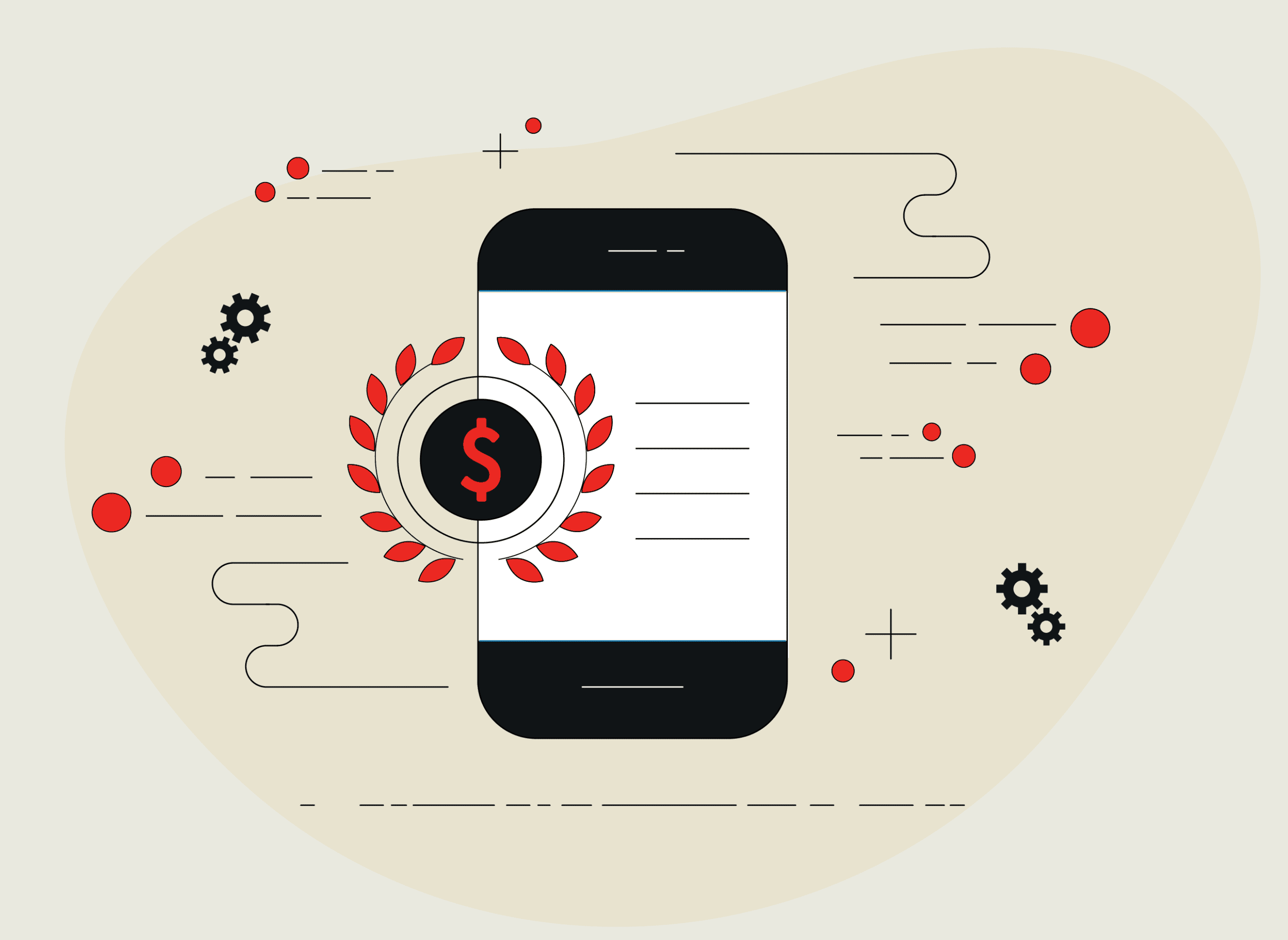Healthcare
The Trusted Marketing Agency for Healthcare Growth
Overview
Healthcare marketing is unique. And it takes a marketing agency with equally unique healthcare experience to handle. We’ve worked with healthcare institutions across the country. Building trusted brands. Increasing preferred service line volume. And successfully navigating mergers, acquisitions, expansions, and internal morale issues. We’ve learned just how amazing our healthcare partners are. And how to make sure everyone knows it.

Healthcare Companies We’ve helped Grow
Healthcare Work
Filter
All
All
Branding
Marketing
ROAS
Content Production
All
Branding
Marketing
ROAS
Content Production
Healthcare Work
Healthcare branding is more than some colors and a logo. It’s the outward expression of your company’s inner values. It's who you are. Good branding guides everything you do, from the footers on an email to the blueprints of a new hospital. What is your brand saying about you?
From The Blog
What’s it like to work with the Lewis team?
“The Lewis Team is prepared, professional and ready to execute on any marketing need. We spoke to many other agencies before discovering Lewis and they were far and beyond the best partner for our team.”
Angela Trull
Chief Growth Officer, Highfive Healthcare
Let’s do something great.
Ready to see real creative solutions that produce real results? Reach out and we’ll get started.












































